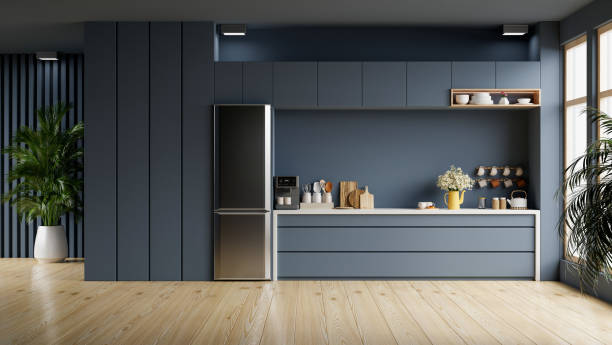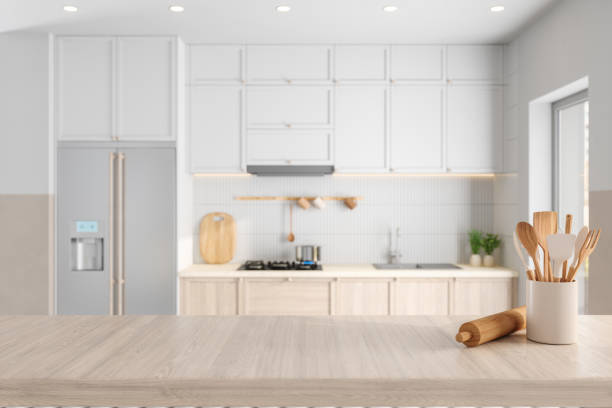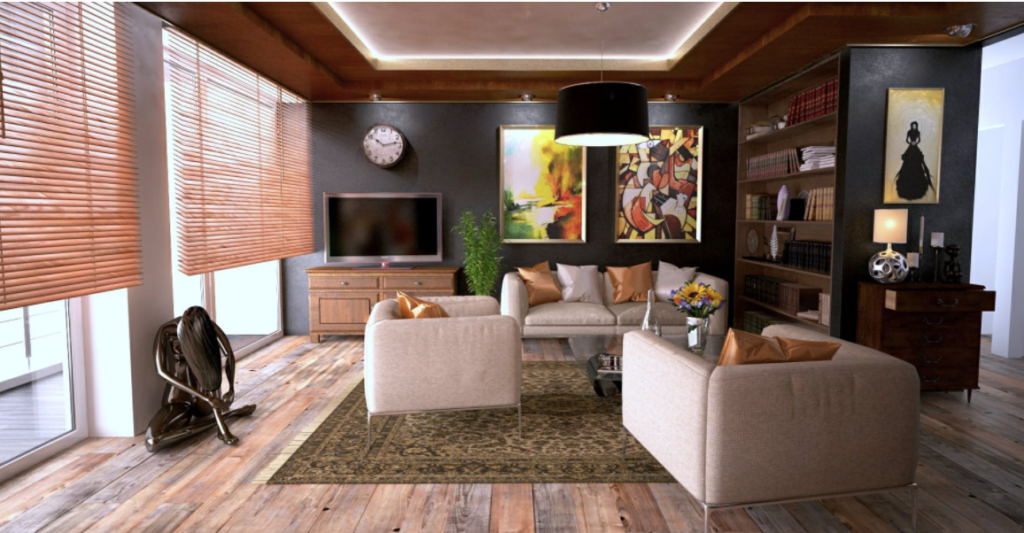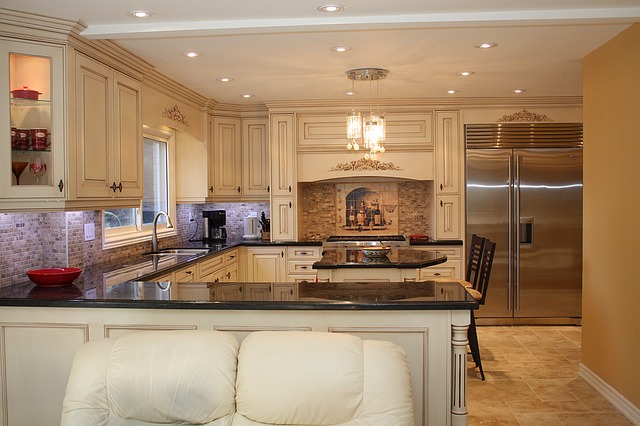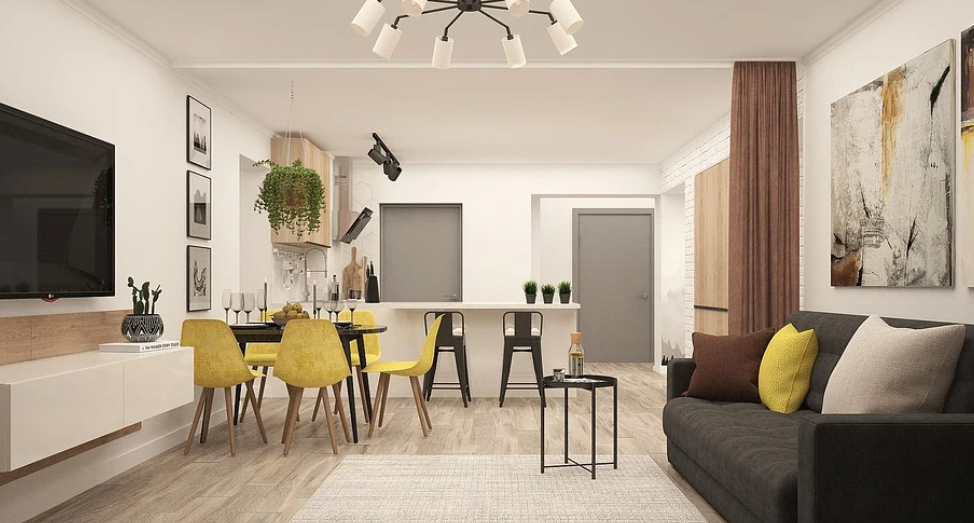
A kitchen is more than just a stunning backsplash and beautiful cabinets. If you are remodeling your kitchen, here are some tips you can follow. Shout out to our favorite Gilbert Painting company for these remodeling tips.
Plan Walkways
Ways all through and ought to be somewhere around 36 inches wide. Ways inside the cooking zone ought to be 42 inches wide for a one-cook kitchen and 48 inches wide for a two-cook arrangement. When arranging, change and landmasses likewise.
Track down the right hot for microwave
The best tallness and area for a relies upon the culinary specialist and the level of child cordiality wanted in the . For grown-ups, 15 creeps above ledge level is a decent microwave tallness. For youngsters, an underneath ledge arrangement may be more secure and more appropriate.
Avoid corners
So make cupboard and machine entryways completely useful, plan space for the entryway’s freedom and swing heading in your plan. Avoid corners, and ensure entryways will not slam against one another if open simultaneously.
Have a ledge
When planning your , permit 15 creeps of ledge on each side of a cooktop and cooler. Landing space is likewise significant close to the microwave.
15. Envision how fast your morning schedule would be if your garments were coordinated, with shoes and frill. You can redo a storage room to your definite details with wire racking units and a couple of instruments. We’ll tell you the best way to introduce wire wardrobe racking to tackle pretty much any capacity issue.
Start by estimating your space. Start with the range from the floor to the roof. Then, measure the length of your usable divider space — both the back divider and any side dividers. At last, measure the profundity of your wardrobe.
Whenever you’re finished arranging, prep your wardrobe for the new establishment. Eliminate your old wardrobe framework and fix the dividers if necessary. You might have to apply spackling compound, sand and prepare. This is likewise the ideal chance to paint. At the point when the paint is dry, utilize a stud locator to find the divider studs, and delicately mark the divider where you’ll hang the unit.
Wire frameworks are not difficult to introduce. Utilizing your arrangement as an aide, mark a level line and join the holder rail to the studs. Ensure it’s level as you secure it.
Presently associate the uprights to the holder rail. Ensure they’re plumb — which means straight here and there. Secure them at the base with screws.
On the off chance that the uprights aren’t in accordance with the studs, use divider secures. Imprint the spot and drill a pilot opening. Introduce a divider anchor and afterward drive the screw in.
The establishment from here is straightforward. Lock in the rack sections on the uprights and afterward adjust the racks properly. Append the bar snares, cap the bar finishes and snap in the holder pole.
Wrap up by introducing flexible frill. The following are a couple of alternatives:
Shoe racks can be made by flipping around a rack piece (lip pointed upwards). Clasps connect the racking to the divider and an extraordinary section holds the rack at a point. There are additionally extraordinary extras accessible that are intended for shoe stockpiling.
Corners can be made two different ways. You can utilize an exceptionally formed corner piece that connects to racks on one or the other side with joiner plates. You can likewise utilize two straight retires — one consummation at the divider and the other closure at the edge of the primary rack — appended to one another with a corner support connector. Fit the help under the wires of one rack and over the wires of the other.
Drawers and bushels can be added utilizing sprinter outlines (for a long time) or hanging cabinet coasts (to mount a solitary cabinet under a rack). Pre-arranged sprinter outline units are accessible, or you can tweak an edge and cabinet blend.

